
© Dance Books. (Click image for larger version)
Ninette de Valois: Adventurous Traditionalist
Edited by Richard Cave & Libby Worth
Dance Books, Paperback
2012, 289 pages, illus., DVD £20.00
Dance Book publishers page
Conference site
Jann Parry report on the conference
Lynette Halewood report on the conference
Earlier Ninette de Valois on Balletco:
‘Invitation to the Ballet’ Exhibition (Nov 2010)
Memorial Service to Royal Ballet Founders (Nov 2009)
Dame Ninette de Valois Thanksgiving Service (Sept 2001)
The conference which gives this book both its title and most of its content was held last year to mark the 10th anniversary of the death of Ninette de Valois, and it’s admirable that the editors and publishers should have got it through the press so quickly, while we still wait for similar volumes for events from years before. Dancers, teachers, historians and critics give insights, memories, analysis and just a dash of speculation and gossip: on the whole it’s a satisfying mixture, doing for de Valois what Following Sir Fred’s Steps does for Ashton. The inclusion of a DVD with nearly 5 hours of film is a great boon, allowing us actually to see a class taught according to the de Valois syllabus as well as some of the coaching sessions and some background material – an excellent innovation.
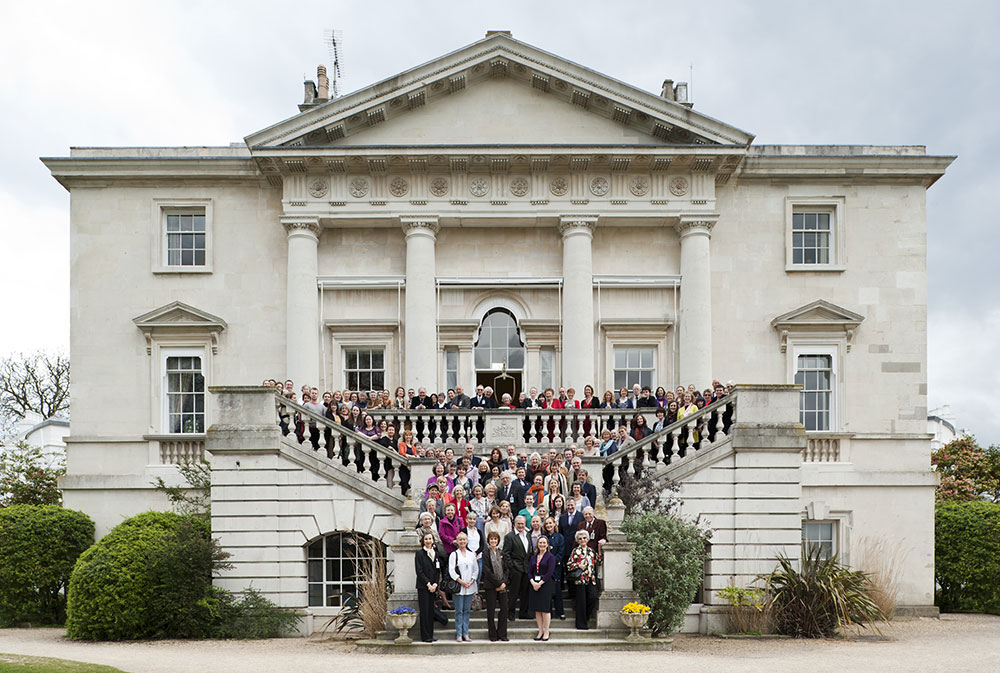
© 2011 Patrick Baldwin. Click image for larger version. Giant version.
In addition to the papers given at the conference and transcripts of the discussion groups, the book includes several essays and articles written by de Valois herself in the 1920s and 30s, some of them startling in their foresight and their still-contemporary relevance – more than once I found myself nodding in agreement with her views on ‘modern ballet’ and then remembering that she was writing 80 years ago. By then she was already around 30, with two major stages of her career – the child prodigy and the Diaghilev dancer – already behind her, and one of the sad things about this collection is that her very long life means that no -one is left to tell us about her as a young woman, before responsibility and authority set her apart. The editors see 2011 as the perfect moment to assess her life and her legacy, but in that one respect I think it’s actually 30 years too late.

© Sasha. (Click image for larger version)
The principal aim of the book is to show the depth and variety of de Valois’ work by looking at it from many different angles, without imposing or constructing any over-arching editorial view. In some cases contributors put forward contradictory views, and there are enough hints of conflict and enough actual criticism – especially of her teaching methods – to dispel any whiff of hagiography. She could be autocratic, evidently, and difficult In her everyday contact with collaborators and her company; her most widely annoying fault seems to have been her inconsistency – ‘glorious’ according to Alastair Macaulay, maddening in the eyes of others who suffered from her frequent changes of mind. A brave soul who complained to her face was squashed imperiously: “Well, consistency clearly means a feeble mind”. But there are also some strong and unprompted defences of her: Michael Boulton, for instance, a dancer in the touring company who wasn’t one of her favourites and intensely disliked her classes, still writes that de Valois ‘gave me everything – my joy of dancing, of being on stage, – the happiest time of my life’.
Everyone who reads this collection will pick out different details to treasure. I can’t help but like a choreographer who could stop a rehearsal of one of her own works to tick off one of the corps de ballet – a very young Gillian Lynne – who was over-emoting: “All we need is a sweet smile. We do not need your whole soul.” Oh yes. And I love the section about how Lilian Baylis had de Valois writing for the Old Vic Magazine in the interest of audience communication – Baylis had very, very strong views on the importance of breaking down the fourth wall, talking to her customers, making her artists sign autographs and so on: today she’d be running a Facebook page and tweeting daily into the bargain. But I don’t think much of that rubbed off on de Valois.
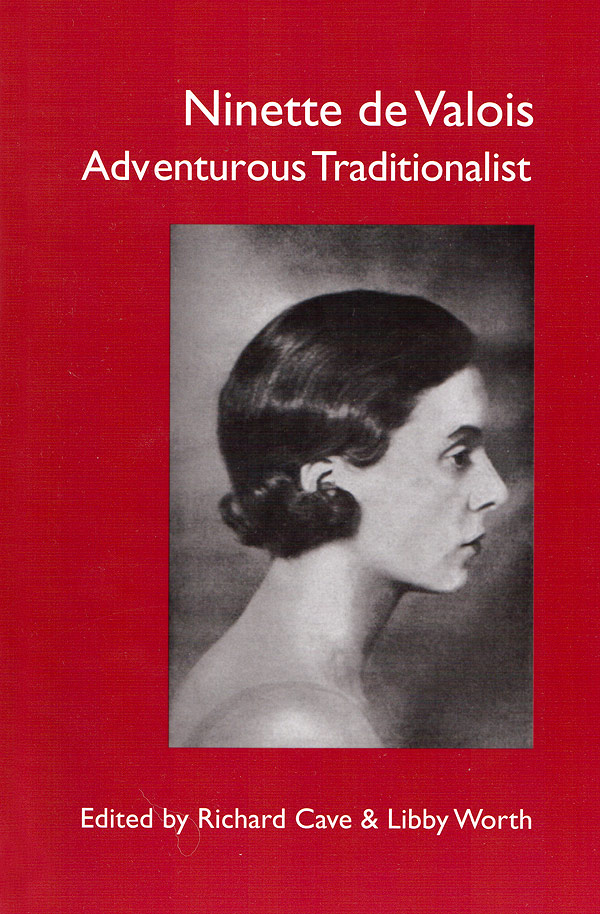
© Dance Books. (Click image for larger version)
Frivolity aside, chapters cover her relationships with Frederick Ashton and Kenneth MacMillan (not quite what you might expect, perhaps, in both cases), her philosophy, her poetry, her championship of folk dancing, her work in Turkey, her awareness of artists outside the world of dance, her teaching – invaluable material for scholars and professionals both now and in the future, and fascinating in themselves, to a greater or lesser extent, to the rest of us; most importantly, they combine to give us a greater understanding of the woman who gave us the Royal Ballet, which – despite its ups and downs – has hugely enriched our lives.






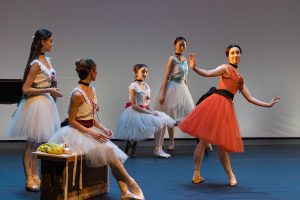

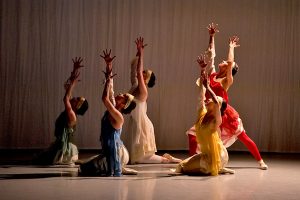



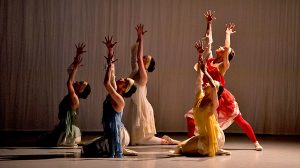
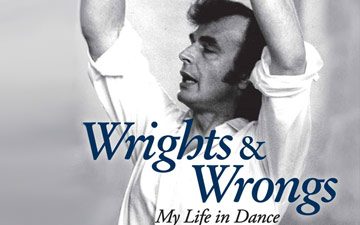



You must be logged in to post a comment.